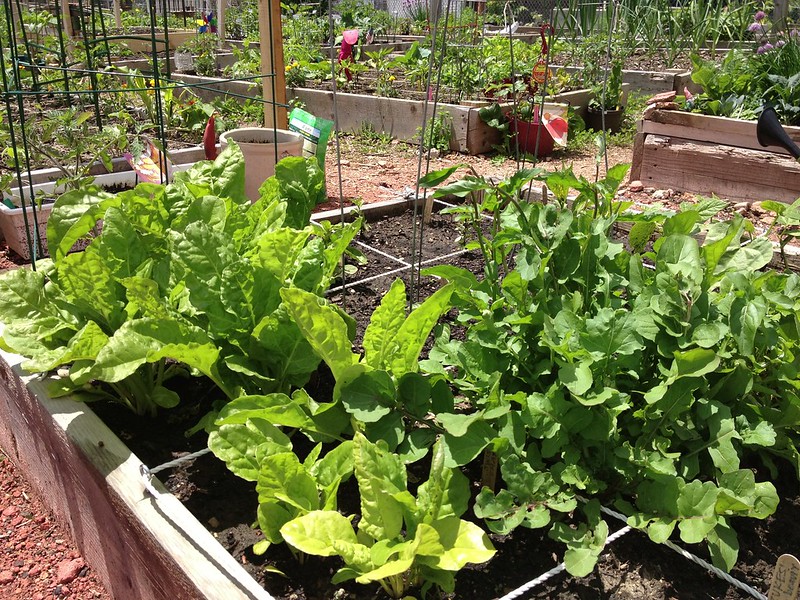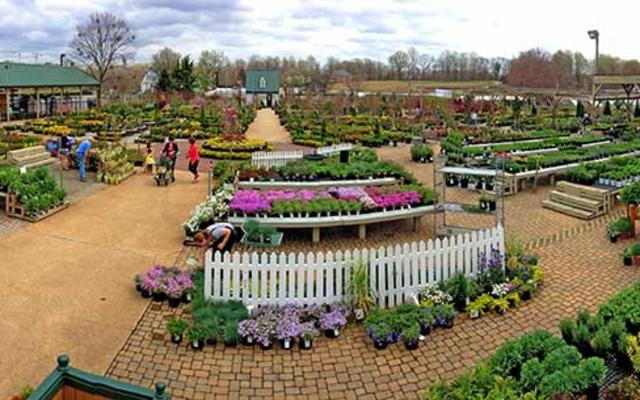Enhance Your Outdoor Area With Creative Horticulture Styles and Styles
The outdoor location of a home acts as an extension of personal space, supplying opportunities for creativity and expression through horticulture. By discovering different designs, such as the charming informality of cottage gardens or the minimalism of contemporary looks, one can considerably raise the setting of their environments. Additionally, incorporating upright horticulture strategies and lasting methods not only enhances visual charm however likewise advertises ecological awareness. With numerous themed designs offered, the capacity for improvement is huge, motivating the inquiry of which strategy will best show your vision for an outside shelter.

Home Garden Beauty
Home yards, commonly defined by their lavish, casual designs, embrace a harmonious mix of flowers, herbs, and veggies, producing a lively tapestry of color and fragrance. This conventional horticulture design go back to the late 19th century, coming from England, and is treasured for its captivating, romantic allure.
Secret aspects of cottage yards include using seasonal plants, climbing up creeping plants, and self-seeding annuals, which contribute to an ever-evolving landscape. Growing in thick collections urges a naturalistic appearance, permitting a diverse mix of structures and colors. Popular blossoms such as delphiniums, hollyhocks, and foxgloves come together with fragrant natural herbs like lavender and rosemary, enhancing sensory experiences while promoting biodiversity.
Incorporating rustic features, such as weather-beaten trellises, wood fences, or stone paths, even more improves the visual of a home yard. This design not just prioritizes appeal yet also accepts sustainability, as many plants are chosen for their capability to draw in pollinators and offer food. Inevitably, the home garden beauty hinges on its kicked back, welcoming atmosphere, urging a deep link with nature while providing an ideal retreat for leisure and pleasure.
Modern Landscape Aesthetics
While the beauty of home gardens stimulates a sense of fond memories and fancifulness, contemporary landscape aesthetics embrace an even more minimalist and structured technique. This modern design highlights simpleness, functionality, and an assimilation with the surrounding atmosphere. Clean lines, geometric shapes, and a restricted color combination characterize contemporary landscaping, permitting nature's charm to take spotlight without unneeded distractions.
Products play an essential role in attaining this aesthetic. Concrete, metal, and all-natural rock are often made use of to develop hardscapes that enhance the landscape instead than overwhelm it. In addition, the mindful choice of plants is fundamental; ornamental yards and indigenous varieties are usually favored for their reduced upkeep and capacity to grow in regional conditions.
Water functions, such as streamlined fish ponds or showing pools, are likewise integral to modern-day layouts, providing calmness and a centerpiece. Sustainable methods, consisting of xeriscaping and making use of permeable products, improve the eco-friendly duty of modern-day landscape design. Eventually, modern landscape looks offer a possibility to produce serene outdoor rooms that reflect modern worths while cultivating a deeper connection to nature.
Upright Gardening Innovations
Upright gardening innovations have changed the method we come close to link horticulture in minimal spaces, allowing the farming of plants in city settings where ground space is Resources limited. These innovative methods and frameworks allow garden enthusiasts to take full advantage of upright surfaces, changing wall surfaces, fencings, and also terraces right into rich environment-friendly spaces.
One noticeable advancement is using modular systems, which include interlocking panels that can be conveniently mounted and rearranged - Homestead Gardening. These panels usually come outfitted with built-in irrigation systems, ensuring that plants receive ample moisture while reducing water waste. Furthermore, upright gardens can include a range of plants, from flowering species to edible natural herbs, promoting biodiversity and boosting aesthetic appeals
An additional notable advancement is the combination of smart innovation, such as sensors that keep track of dirt wetness and nutrient levels. This modern technology permits precise care tailored to the needs of private plants, guaranteeing optimal development and health. Light-weight materials and upright planters made from recycled products contribute to sustainability while reducing the physical concern of standard gardening.
Sustainable Horticulture Practices
Lasting horticulture methods have actually emerged as a vital strategy for garden enthusiasts looking for to reduce their ecological impact while boosting the wellness of their environments. These practices concentrate on the cautious administration of all-natural sources, advertising biodiversity, and cultivating a resistant landscape.
One crucial element of sustainable horticulture is soil wellness. Using natural compost, mulching, and crop rotation enriches the dirt, promoting valuable microorganisms and minimizing the demand for chemical plant foods. In addition, indigenous plants are encouraged, as they require much less water and are extra immune to neighborhood bugs, therefore reducing dependence on pesticides.

In addition, lasting gardening urges using recycled materials for yard frameworks and pathways, minimizing waste and environmental impact. By taking on these techniques, garden enthusiasts can produce a thriving outdoor room that balances with nature, guaranteeing both personal enjoyment and eco-friendly responsibility.
Themed Yard Inspirations
Producing a themed garden can change an ordinary exterior space into a captivating haven that reflects individual style and passions. Themed gardens provide an one-of-a-kind opportunity to reveal creativity while boosting the aesthetic charm of one's landscape. Popular themes consist of Japanese Zen yards, which stress tranquility via very carefully set up stones, water features, and minimal plantings.
One more motivating theme is the cottage yard, defined by a casual format loaded with an abundance of vibrant blossoms and fragrant herbs. This style promotes biodiversity and attracts pollinators, making it both ecologically valuable and lovely.
For those with a penchant for journey, a tropical yard can evoke a getaway feel, featuring vibrant vegetation, vivid flowers, and perhaps also a small water attribute to resemble a hotel ambience.
Additionally, a themed garden can draw inspiration from literary works or background, such as a Shakespearean yard that incorporates plants mentioned in the Bard's jobs.
Selecting a style not only gives direction in plant choice and design yet also visit here develops a natural setting that invites expedition and pleasure, making exterior areas really unique.
Final Thought

Integrating rustic attributes, such as weathered trellises, wooden fences, or stone paths, better improves the aesthetic of a home garden. Furthermore, upright gardens can integrate a range of plants, from blooming species to edible herbs, promoting biodiversity and enhancing aesthetics.
Creating a themed garden can transform a common exterior area into a fascinating haven that shows personal style and passions. Themed gardens use a distinct chance to reveal creative thinking while boosting the aesthetic charm of one's landscape. The appeal of cottage yards, the sleekness of contemporary landscapes, innovative vertical gardening strategies, sustainable practices, and themed gardens each add unique aspects that cultivate both beauty and functionality.
Comments on “The Growing Trend of Homestead Gardening”